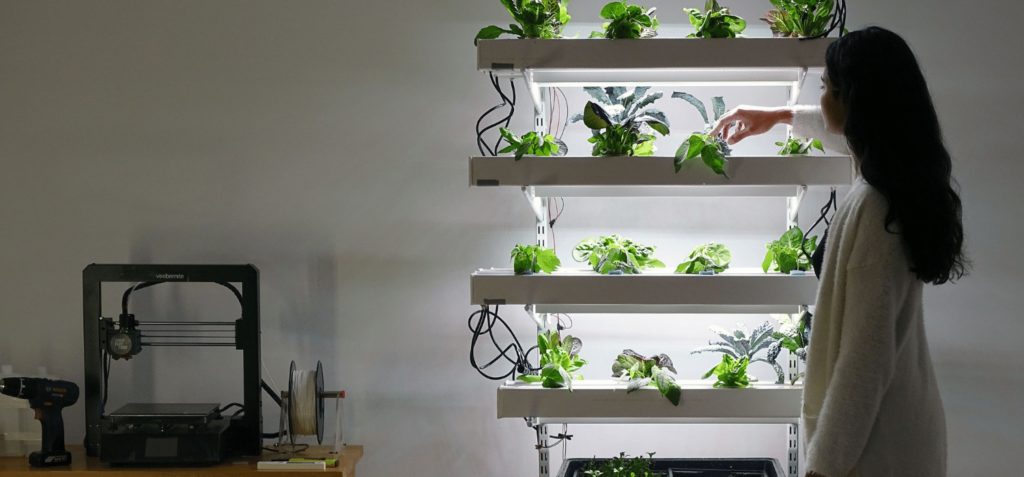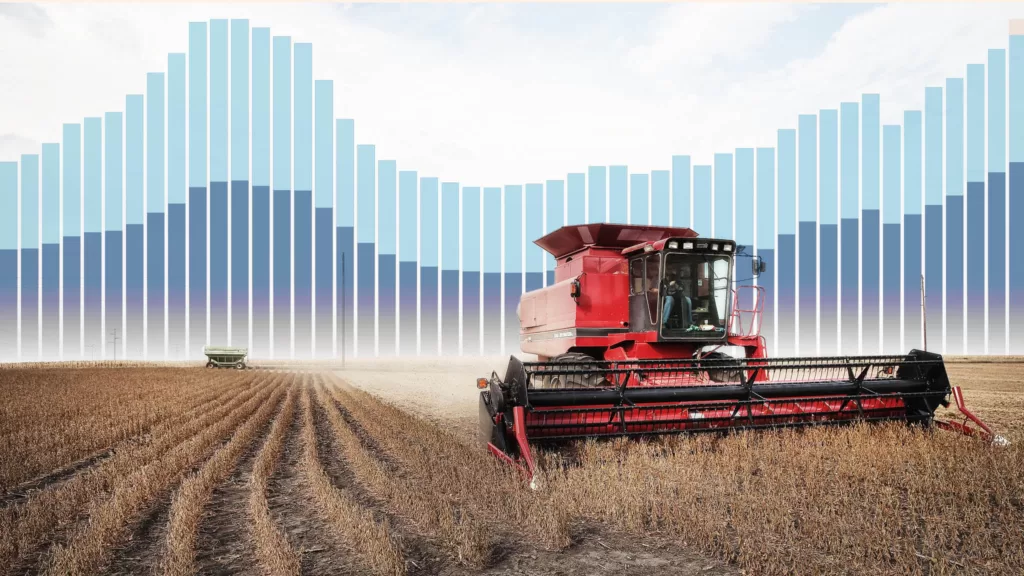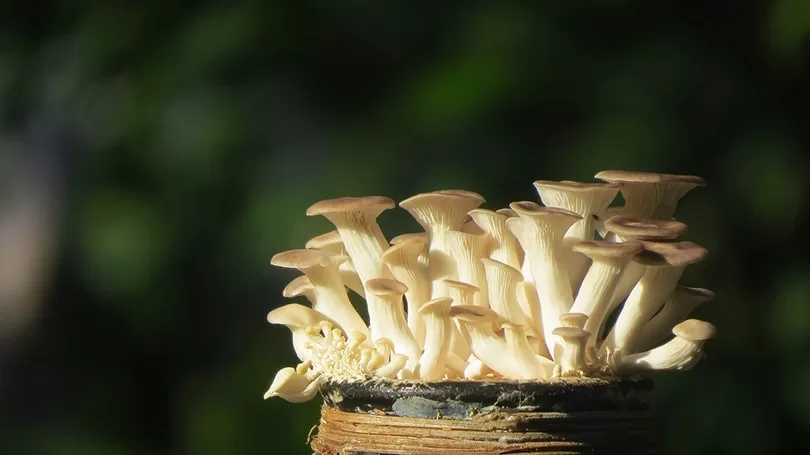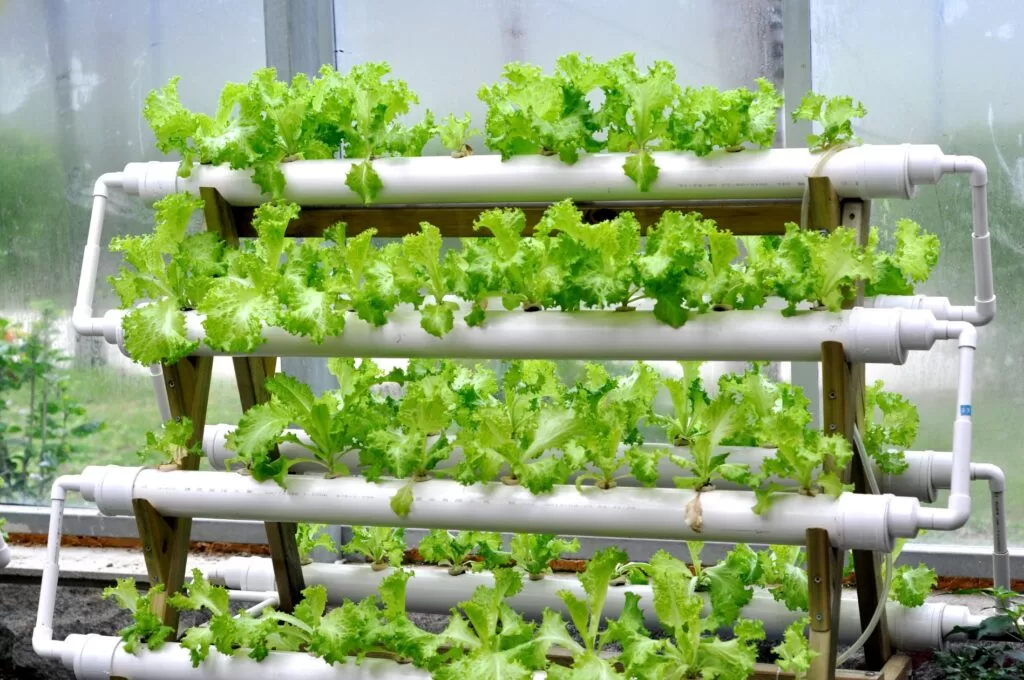To grow tomatoes at home from seeds, you will need:
- Tomato seeds
- Seed tray or pots
- Seed compost or potting soil
- Water
- A sunny location or grow lights
- Fill the seed tray or pots with seed compost or potting soil.
- Sow the tomato seeds on the surface of the soil and sprinkle a little more soil on top.
- Water the seeds gently, being careful not to wash them away.
- Cover the seed tray or pots with plastic wrap or a lid to create a mini greenhouse.
- Place in a sunny location or under grow lights and keep the soil consistently moist.
- Once the seedlings are large enough to handle, transplant them into larger pots or into your garden.
- Provide support for the growing plants, such as cages or stakes.
- Water regularly and fertilize as needed.
- Harvest the tomatoes when they are fully ripe and enjoy!
Table of Contents
How long does it take to grow tomatoes from seed?
It typically takes 6-8 weeks for tomato seeds to germinate and sprout. Once the seedlings have sprouted and grown to about 2-3 inches tall, they can be transplanted into larger pots or into a garden. After transplanting, it usually takes around 60-80 days for the tomatoes to reach maturity and be ready for harvest. However, these times may vary depending on factors such as the variety of tomato, the temperature, and the growing conditions. So, in total it will take around 2-3 months approximately to grow tomatoes from seed to maturity.

Can I grow tomatoes from seeds from a tomato?
Yes, you can grow tomatoes from seeds from a tomato. The seeds inside a tomato are viable and can be used to grow new tomato plants. However, there are a few things to keep in mind when using tomato seeds from store-bought or homegrown tomatoes:
- Not all tomatoes will produce viable seeds. Hybrid varieties, for example, may not produce true-to-type seedlings, or they may not germinate at all.
- Tomato seeds need to be fermented before planting to remove the gel that surrounds them, as this can inhibit germination. To do this, place the seeds in a bowl or jar of water and let them sit for 2-3 days at room temperature, stirring occasionally. The good seeds will sink to the bottom, and the bad ones will float.
- After fermentation, rinse the seeds and dry them on a paper towel.
- Once you have viable seeds, you can plant them in a seed tray or pots filled with seed compost or potting soil, just like you would with purchased seed.
- Keep in mind that tomatoes grown from seed will likely take longer to bear fruit than plants started from seedlings or transplants.
Do tomato seeds need to be dried before planting?
It is not necessary to dry tomato seeds before planting, but it can be beneficial. Drying the seeds can help to extend their shelf life, making them viable for a longer period of time.
The process of drying tomato seeds is fairly simple. After extracting the seeds from a tomato, rinse them in water and remove any bits of pulp or gel. Spread the wet seeds out on a paper towel or coffee filter and let them dry in a warm, dry place for several days. Once the seeds are dry, they can be stored in an airtight container in a cool, dark place until you are ready to plant them.
Alternatively, you can proceed with the fermentation process mentioned in the previous answer which will help to remove the gel surrounding the seed which can inhibit germination, then you can plant the seed directly.
Keep in mind that, either way, the germination rate of tomato seeds may be affected by their age, storage conditions, and the variety of tomato, so it’s always a good idea to plant a few extra seeds to ensure a good crop.
What month do you plant tomatoes?
The best time to plant tomatoes depends on the climate and growing conditions in your area. In general, tomatoes are a warm-season crop and should be planted after the last frost date in spring. This can vary depending on your location, but in most regions of the US, the last frost date falls between April and June.
In areas with milder climates, tomatoes can be planted in late winter or early spring and will be ready for harvest by late spring or early summer. If you live in a region with a longer growing season, you can also plant tomatoes in late summer for a fall harvest. It’s important to be mindful of the temperature when planting tomatoes, as they prefer warm soil and air temperatures between 60-85°F (15-30°C) to germinate and grow well. If the temperature is too low or too high, the seedlings may struggle or fail to germinate.
If you are uncertain of the last frost date for your area, you can check with your local extension office or on the internet for average frost dates.
How do you grow tomatoes for beginners?
Growing tomatoes for beginners can be easy and rewarding. Here are some tips to help you get started:
- Choose a suitable variety: Select a tomato variety that is well-suited to your climate and the amount of space you have available. There are determinate and indeterminate varieties, determinate varieties are bushier and shorter and will produce fruit all at once, while indeterminate varieties are taller and will produce fruit throughout the growing season.
- Start with seedlings: Purchase seedlings from a nursery or garden center instead of starting from seed. This will save you time and ensure that your plants are off to a good start.
- Provide proper support: Tomato plants will need support as they grow, to prevent them from falling over. You can use cages, stakes, or trellis.
- Provide adequate water: Tomatoes need consistent moisture to grow and produce fruit. Water deeply and regularly, aiming to keep the soil consistently moist but not waterlogged.
- Provide adequate sunlight: Tomatoes need at least 6 hours of direct sunlight per day to thrive. Place them in a sunny location or under grow lights if you don’t have enough natural light.
- Fertilize: Tomatoes are heavy feeders and will benefit from regular fertilization. Use a balanced fertilizer or tomato-specific fertilizer according to the instructions on the package.
- Pinch off suckers: Tomatoes will grow branches, called suckers, between the main stem and the branches. These should be pinched off to encourage the plant to focus its energy on producing fruit.
- Watch for pests and diseases: Keep an eye out for common tomato pests and diseases such as tomato hornworms, aphids, and blight, and take action as soon as you notice them.
By following these tips, you’ll be well on your way to growing healthy, productive tomato plants. Remember to be patient, tomatoes take some time to mature and produce fruit, but the wait is worth it when you get to enjoy the taste of fresh homegrown tomatoes.






